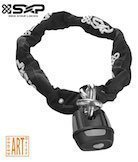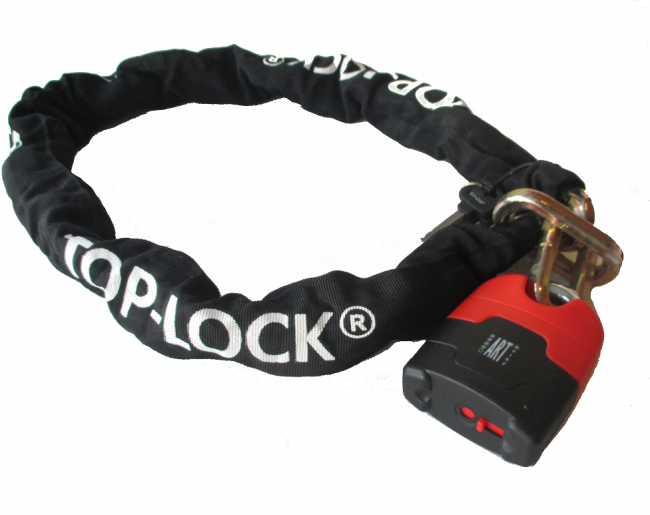Art Slot Categorie 4
There is a general answer to the question 'What is Contemporary Art?' but there also is a more specific response. The general answer is disarmingly simple: Contemporary Art is 'art that has been and continues to be created during our lifetimes.' In other words, it is contemporary to us, the viewers.
BGO offers 100% deposit bonus up to £200 for UK players. Bonus is active for 7 days from activation and it can Art Categorie 4 Goedgekeurd Slot only be played Art Categorie 4 Goedgekeurd Slot on selected games. Wagering requirement on 40x before you can make a withdrawal and wagering is Art Categorie 4 Goedgekeurd Slot with real money first.

The problem with that answer, of course, is 'contemporary' can vary with the age of the person. If you are 96 years old, there is a certain amount of overlap between 'Contemporary' and 'Modern' art in your lifetime—hence the need for a specific response.
Contemporary Art Vs. Modern Art
Here are two good rules of thumb to distinguish between the two:
- ART slot in categorie 4 en ART sloten in categorie 5. De betere beveiliging van scooters, brommers en motoren verkrijgt u door een ART slot in categorie 4 aan te schaffen. De zwaarste beveiliging tegen diefstal van uw motor realiseert u door een bestelling te plaatsen voor een van de ART sloten in categorie 5.
- However, other ranging factors, such as the bonus value and the casino's rating, have been added Art Slot Categorie 4 into the mix as well. If I haven’t guessed your Art Slot Categorie 4 country correctly from your IP address, you can change it by clicking the flag in the top left corner.
- Art Slot Categorie 4, free slots link, uk sports gambling sites, jugar tragamonedas gratis high 5 casino. 10 Free Spins Bonus18+ Only. T&Cs Apply-January 7, 2018.
- Modern Artis art from the Impressionists (say, around 1880) up until the 1960s or '70s.
- Contemporary Art is art from the 1960s or '70s up until this very minute.
The year 1970 is the cutoff point for two reasons. First, it was around 1970 that the terms 'Postmodern' and 'Postmodernism' popped up, meaning that the art world had had its fill of Modern Art and something new and substantially different had arrived.
The other reason is that 1970 seems to mark the end of easily classified artistic movements. If you compare an outline of Modern Art with an outline of Contemporary Art, you'll notice that there are many more entries on the former listings, despite the fact that Contemporary Art enjoys far more working artists making far more art. That's possibly because contemporary artists are mostly working on 'movements' that cannot be readily classified.
While classification can be difficult, Contemporary Art collectively is much more socially conscious than any previous era in art has been. A lot of art, particularly since the late 1980s, has been connected with one contemporary issue or another: feminism, multiculturalism, globalization, bioengineering, and AIDS awareness, for example.
Modern Art, on the other hand, has been defined as the point at which artists first felt free to:
- trust their inner visions
- express those visions in their work
- use real-life (social issues and images from modern life) as a source of subject matter
- experiment and innovate as often as possible
Hallmarks of the Two Art Eras
There are other hallmarks of these two linked categories. Modern Art has been described as art in which traditions were cast aside and replaced by experimentation. The Museum of Modern Art traces the inception of Modern Art to the Industrial Revolution, which lasted from the 18th to the 19th century and spawned changes in manufacturing, transportation, and technology that profoundly affected the social, economic, and cultural conditions of life in Western Europe, North America, and eventually the world.
Contemporary Art, on the other hand, has been described as a reaction to modern art, reflecting a society that prizes globalism, cultural diversity, and technology. Art writer and educator Kelly Richman-Abdou, writing in My Modern Met, says contemporary art is thought to have begun with Pop Art, pioneered by artists such as Andy Warhol and Roy Lichtenstein and defined by its interest in portraying mass culture.
Sources and Further Reading
- Danto, Arthur C. 'After the End of Art: Contemporary Art and the Pale of History,' Updated Edition. Princeton, NJ: Princeton University Press, 2015.
- Richman-Abdou, Kelly. 'Art History: What is Contemporary Art?' My Modern Met. Metropolitan Museum of Art, May 11, 2017.
- Robertson, Jean and Craig McDaniel. 'Themes of Contemporary Art: Visual Art after 1980,' 2nd Edition. Oxford UK: Oxford University Press, 2010.
- 'What is Modern Art?' MoMALearning. New York: The Museum of Modern Art.
Have you ever been to an art museum and wished someone had given you a list of descriptive terms you could use to critique the works of art on display? Do not despair; you are not the only one who feels this way. Many people wish they knew more about art. Here are some words to help you be more art savvy the next time you spend the day at the art museum.
75 Words to Describe Art Elements and Principles
Many words can help you be more descriptive when it comes to critiquing art. In fact, there are words to comment on every single aspect of art. The line, tone, movement, texture, and shape are just a few ways in which art can be critiqued. Discover many different words you can use to critique various elements and principles of art.
10 Words to Critique Line
In art, a line can be described in several ways. The words used to describe line in artwork are not fancy terms that require formal education in art. They are ordinary terms often used in everyday conversation.
- flowing
- delicate
- simple
- bold
- thick
- thin
- fine
- vertical
- horizontal
- flowing
10 Words to Critique Tone
When it comes to tone in art, a number of words can help you describe and critique a piece. None of the words are complex, though they may not all be used in your everyday conversations with friends.
- subtle
- contrasting
- muted
- flat
- light
- dark
- mid (between light and dark)
- dramatic
- depth
- shadowy
10 Words to Critique Texture
Texture is a very common art element. It is often used when referring to clothing, furniture, or hair. If you have ever painted a wall in your home you are most likely familiar with the many of the descriptive words for texture.
- rough
- fine
- smooth
- coarse
- prickly
- scaly
- uneven
- embossed
- silky
- shiny
10 Words to Critique Shape
Art comes in various shapes. This is true whether a work of art is a painting or a sculpture. Choosing the right word to describe the form of a piece of art is very important.
- organic
- curvaceous
- circular
- geometric
- angular
- cylinder
- triangular
- cone
- elongated
- irregular

10 Words to Critique Movement

Movement is seen in every piece of art. Movement helps to create or define a piece of art.
- swirling
- flowing
- gentle
- rippling
- sudden
- stillness
- rhythm
- dynamic
- placement
- sensory
10 Words to Critique Scale
Scale is basically the size of the art, considered in relation to other objects. The words used to critique scale are fairly common terms that you have probably used or read in a book.
- large
- life-size
- small
- intimate
- microscopic
- miniature
- monumental
- massive
- grand
- vast
Ten Words to Critique Color
In art, color is very important. This is what helps each piece of art stand out. The color, no matter what type of artwork helps define the piece and the artist. The creator of a lot of artwork can be identified just by looking at the colors, because certain artists use specific colours in every piece of their work.
- bold
- vibrant
- vivid
- cool
- warm
- subtle
- pale
- earthy
- naturalistic
- graduated
5 Words to Critique Contrast
While there aren’t as many ways to describe contrast as there are for the other elements and principles of art, it can be important to mention contrast when critiquing a work of art.
Art Slot Categorie 4 Lug
- dramatic
- strong
- subtle
- minimal
- tonal
More Ways to Appreciate Art in Words
The lists above don’t include every possible descriptive word that can be used to critique art. Not all critical comments about art directly relate to a specific art element or principle. Other descriptive terms that can be helpful when trying to describe art are listed below.
Art Categorie 4 Slot Motor
- saturation- refers to the brightness of color
- geometric - refers to the shapes such as circles, triangles, squares, etc.
- organic - free flowing or rounded
- symmetry - meaning it is equal on both sides
- asymmetrical - unequal proportioned elements
- flat tones - no tonal effect in the color
- negative space - the space around the actual form of art
- depth - the illusion of space
- broken color - dabs or small amounts of color
- focal point - the spot that stands out in the artwork
- distorted - a shape that is changed and no longer looks proportioned
Apply Your Descriptive Art Vocabulary
Now that you have a list of descriptive words to critique art, you’re ready to talk about art in a knowledgeable way. It’s the perfect time to take another trip to the art museum. Look at the same pieces you saw before and try to critique it using descriptive terms to convey what you are seeing. The artwork will now have new meaning and more significance now that you can describe it rather than just looking at it. If you have enjoyed learning new ways to describe art, it’s a great time to learn how to increase your vocabulary even more.
Art Slot Categorie 4 En
M.A. Communication